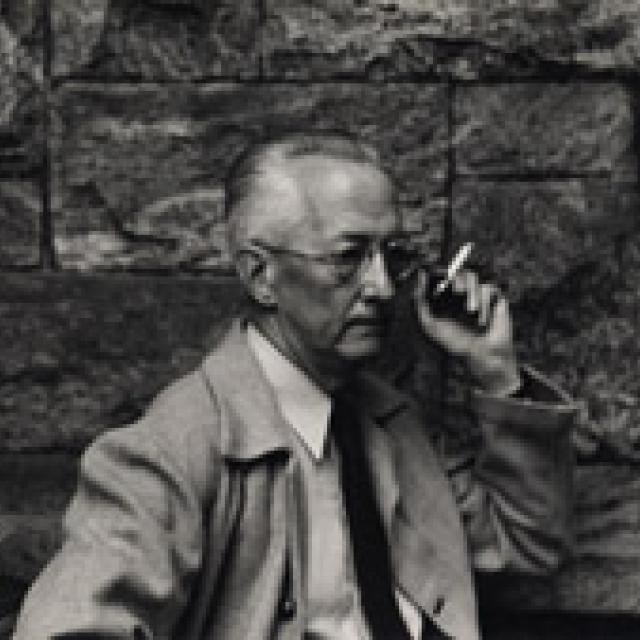
Charles Sheeler
Explore Selected Works
Bibliography
1938
Rourke, Constance. Charles Sheeler, Artist in the American Tradition. New York, 1938.
1939
Williams, William Carlos. Charles Sheeler: Paintings, Drawings, Photographs. Exh. cat. Museum of Modern Art, New York, 1939.
1968
Friedman, Martin, Bartlett Hayes, and Charles Millard. Charles Sheeler. Exh. cat. National Collection of Fine Arts (now Smithsonian American Art Museum), Washington; Philadelphia Museum of Art; Whitney Museum of American Art, New York, 1968-1969. Washington, 1968.
1975
Friedman, Martin. Charles Sheeler. New York, 1975.
1987
Troyen, Carol, and Erica E. Hirshler. Charles Sheeler, Paintings and Drawings. Exh. cat. Museum of Fine Arts, Boston; Whitney Museum of American Art, New York; Dallas Museum of Art, 1987-1988. Boston, 1987.
1997
Lucic, Karen. Charles Sheeler in Doylestown: American Modernism and the Pennsylvania Tradition. Exh. cat. Allentown Art Museum; Amon Carter Museum of American Art, Fort Worth; Cincinnati Art Museum, 1997-1998. Allentown, Pennsylvania, 1997.
2002
Stebbins, Theodore E. The Photography of Charles Sheeler: American Modernist. Boston, 2002.
2006
Brock, Charles. Charles Sheeler: Across Media. Exh. cat. National Gallery of Art, Washington; The Art Institute of Chicago; Fine Arts Museums of San Francisco; M.H. de Young Memorial Museum, San Francisco, 2006-2007. Washington and Berkeley, 2006.



